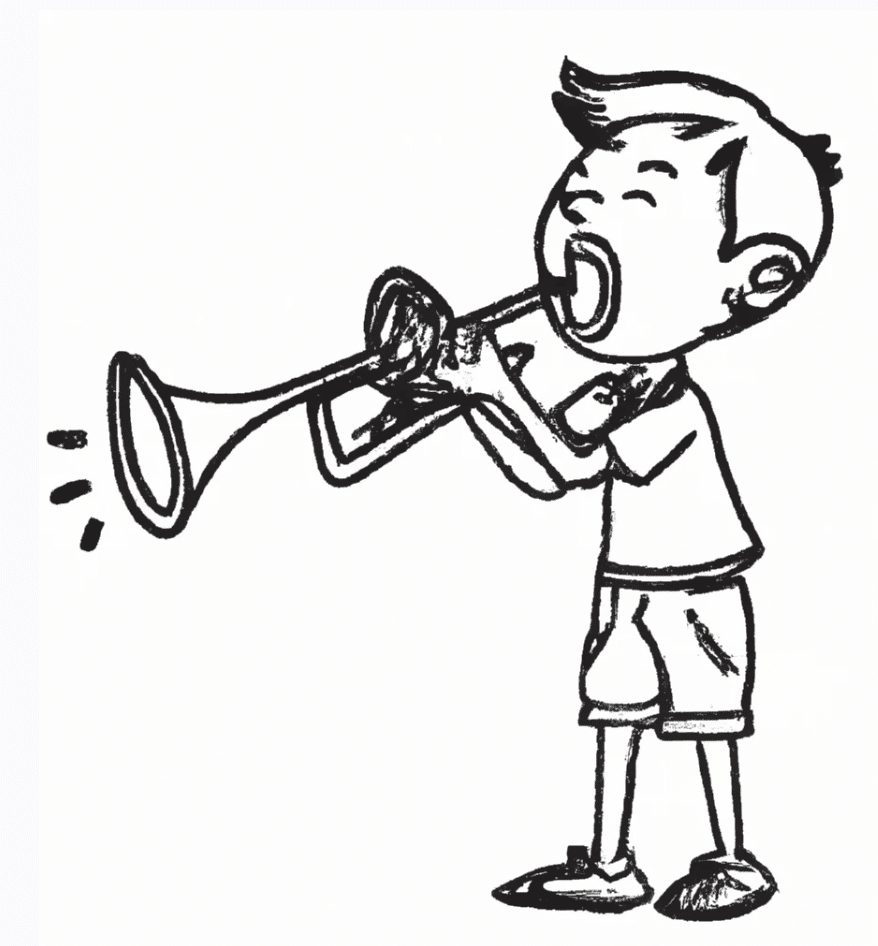Don’t Forget to BREATHE When You Play the Trumpet
Proper breathing and air control are essential skills for trumpet players to produce a beautiful sound and play with ease. Here are some ideas on how to improve your breathing and air control on the trumpet, along with comments from noted teachers and performers:
-
Focus on diaphragmatic breathing: One of the most effective ways to improve your air control is to use your diaphragm to breathe. Instead of breathing shallowly with your chest, focus on expanding your belly as you inhale and contracting it as you exhale. As trumpet player and educator James Thompson notes, “The diaphragm is the muscle that allows us to control the flow of air into and out of our lungs. It is the key to producing a full and resonant sound on the trumpet.”
-
Develop good posture: To breathe efficiently and effectively, it’s important to have good posture. Stand or sit up straight, with your shoulders relaxed and your head up. As trumpet player and teacher Phil Smith advises, “Good posture allows your air to flow freely and ensures that you are using your full lung capacity.”
-
Practice breathing exercises: There are many exercises you can do to improve your breathing and air control on the trumpet. For example, you can try breathing in for four counts, holding for four counts, and exhaling for four counts, gradually increasing the length of each phase. As trumpet player and teacher Allen Vizzutti suggests, “Breathing exercises are like going to the gym for your lungs. They help you build strength and endurance.”
-
Use your air to control your sound: As you play the trumpet, think of your air as the “fuel” for your sound. By adjusting the speed and pressure of your air, you can control the volume, tone, and articulation of your playing. As trumpet player and educator Arturo Sandoval notes, “The key to good trumpet playing is learning how to use your air to shape your sound.”
-
Practice long tones: One of the best ways to develop your air control is to practice long tones. Play a sustained note at a moderate volume, focusing on keeping a steady stream of air flowing and maintaining a consistent tone quality. As trumpet player and teacher Claude Gordon advises, “Long tones are the foundation of good trumpet playing. They help you develop your breath control, embouchure strength, and tone production.”
Proper breathing and air control are essential skills for trumpet players to master. By focusing on diaphragmatic breathing, developing good posture, practicing breathing exercises, using your air to control your sound, and practicing long tones, you can improve your playing and produce a beautiful, resonant sound on the trumpet.
